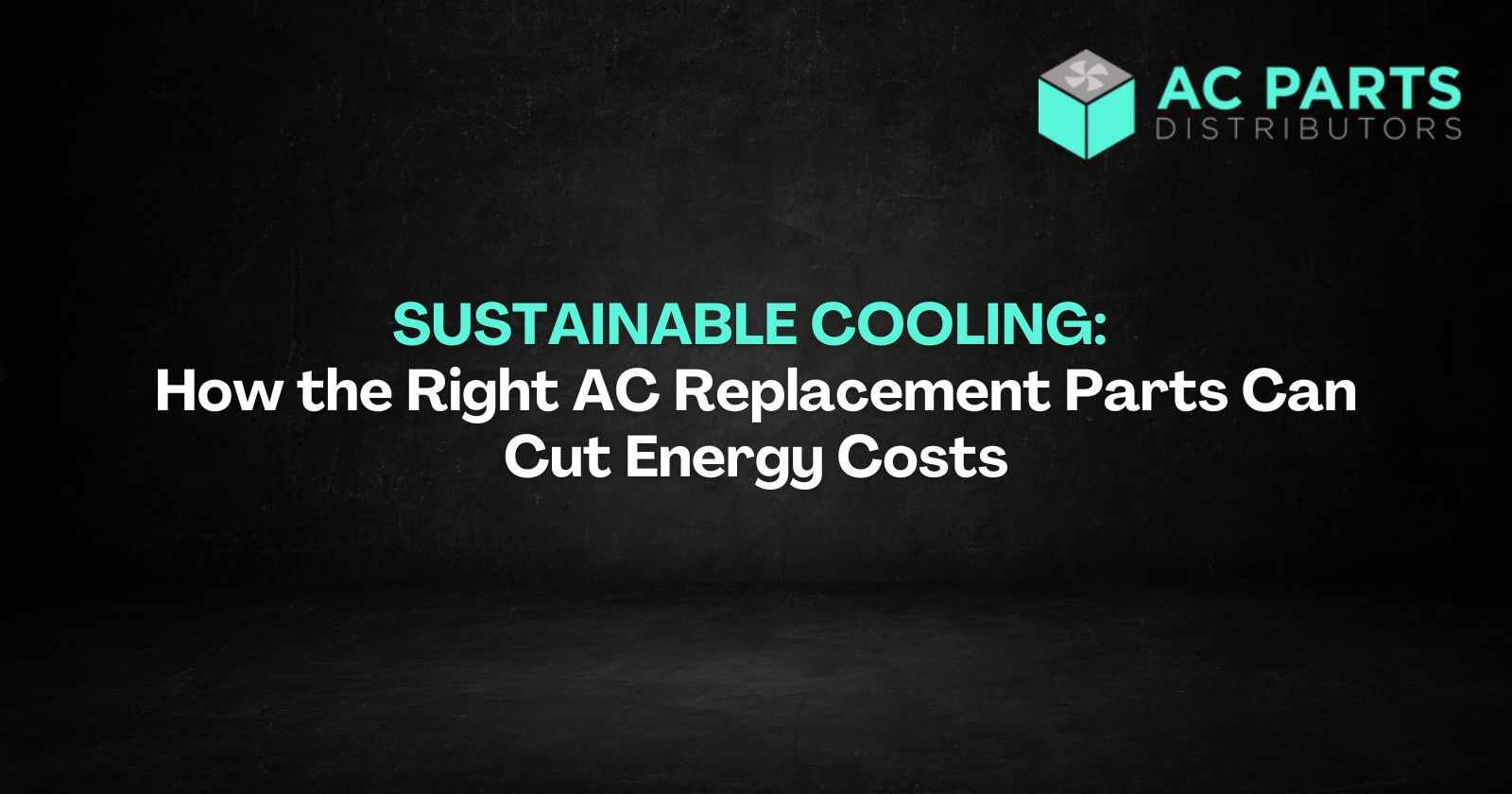
With the rising global temperatures and the unstable energy prices, both the home and business owners are under the pressure of cooling their areas in a more efficient and, what is important, sustainable way. Although it seems to many that the only way to achieve energy savings is to replace the entire air conditioning system, it is not true at all. With AC Replacement Parts, you can save a lot on your energy bills as well as prolong the life of your system and save money in between just by making the right selection.
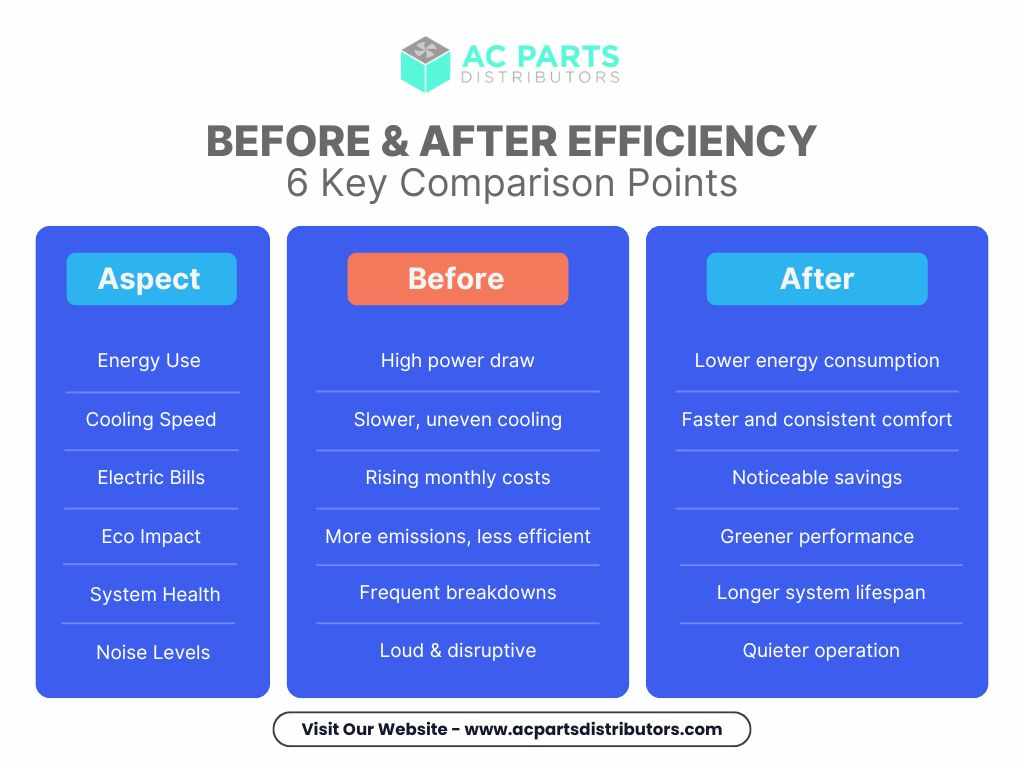
Why AC Replacement Parts Matter
Each part of an air conditioning system is relevant towards the performance of the system. A single component failure, whether it is a capacitor, blower motor, condenser coil or thermostat can make the entire system labor more than it should. This stress not only increases your power consumption bill, but also increases the rate of wear and tear of other components.
With Strategic upgrades with AC Replacement Parts, your unit can be as efficient as new without the expense and waste of replacing the entire system. The emergence of HVAC replacement parts that can be sold online has meant that it has never been simpler to get hold of the specific components that you require; and in many instances at lower costs than when using the established suppliers.
Key Components That Drive Efficiency
In ensuring that the overall goal of cutting down the expenses spent on energy consumption via AC maintenance approaches, some components play a greater role than others. Some of the components to be at the forefront of consideration include the following:
1. Compressor
The compressor is the core of your AC system that pumps the refrigerant throughout the coils and facilitates the process of heat exchange. An improper compressor or a compressor that is not functioning well uses more power and may severely affect the cooling. It is a game-changer to replace it with an energy-efficient one.
2. Evaporator and Condenser Coils
Corroded or dirty coils hamper the airflow and this is what causes inadequate heat transfer and elevated energy use. An enhanced coil as a strategy in your AC Replacement Parts can rescue the correct functioning and reduce cooling times.
3. Thermostats and Control Boards
But the new generation of smart thermostats is not merely a gadget, but a tool of energy efficiency. By matching modernized control systems with matching HVAC replacement component parts available for sale, finer temperature control and reduced cycling can be achieved, saving electricity and limiting wear.
4. Fan Motors and Blades
Old motors or imbalanced blades lead to ineffective airflow, and this implies that your AC unit has to struggle to achieve your preferred temperature. A change to them enhances efficiency and leads to lower operation.
The Environmental Payoff
It is not only energy-efficient cooling that is good to your wallet but also to the planet. The less electricity your system is using, the less carbon footprint you are decreasing directly. The AC Replacement Parts are also environmentally friendly since only individual components need to be replaced, instead of the entire unit.
Moreover, a large proportion of new components use tougher energy efficiency regulations and are made of material that is recyclable. When you are seeking HVAC replacement parts that are sold, consider certification labels such as ENERGY STAR so that you can get the most out of the environment and your wallet.
How to Choose the Right AC Replacement Parts
Parts are not all made equal. Here is what you need to look out when buying substitutes:
Compatibility: Always look at specifications to fit the part to your system model.
Brand Reputation: Save the unknown manufacturers with warranties and support.
Energy Efficiency Ratings: In your search, seek SEER ( Seasonal Energy Efficiency Ratio ) gain or Energy Star ratings when available.
Professional Input: It is always advisable to seek the advice of a qualified HVAC technician when you are not sure about your system so that he/she can assess it and prescribe the most efficient replacements.
The good news? A large number of online suppliers are offering HVAC replacement components for sale in wide selections today so that it is not necessary to hunt all over town or wait weeks to get a needed part.
Cost vs. Value
It might appear that investing in the upgrade of certain components would be a costly affair, but the savings in the long run can be quite impressive. AC Replacement Parts: Efficient parts can reduce the time it takes your AC to cool, the frequency of cycling and prolong its life; all of which save utility costs and repair costs because they are fewer and far between. In the long run, it can add up to hundreds (or even thousands) of dollars saved.
And, depending on what rebates your area may have on energy efficient improvements, you may get back even a larger percentage of your original outlay.
The DIY Factor
Even air filters, thermostats, or blower motors are fairly easy and, with some research and the correct tools, can be undertaken by the tech-savvy homeowner. Nevertheless, do not get careless when dealing with electrical parts or refrigerants. Where you are uncertain, a licensed HVAC technician is an avenue you can save mistakes that may render the efficiency advantages useless.
Final Thoughts
When it comes to the race of living sustainable and having lesser utility bills, do not undermine the effectiveness of making small changes. Considerable AC Replacement Parts can revive a tired system and provide it with a performance that matches a large-scale upgrade, all at a fraction of the cost.
With the ever-increased availability of HVAC replacement components sold on the open market, both homeowners and professionals in the field have never had as much control over their cooling performance and carbon footprint. The idea of sustainable cooling is not a fad but an intelligent investment in comfort, cost-saving, and climate responsible comfort.


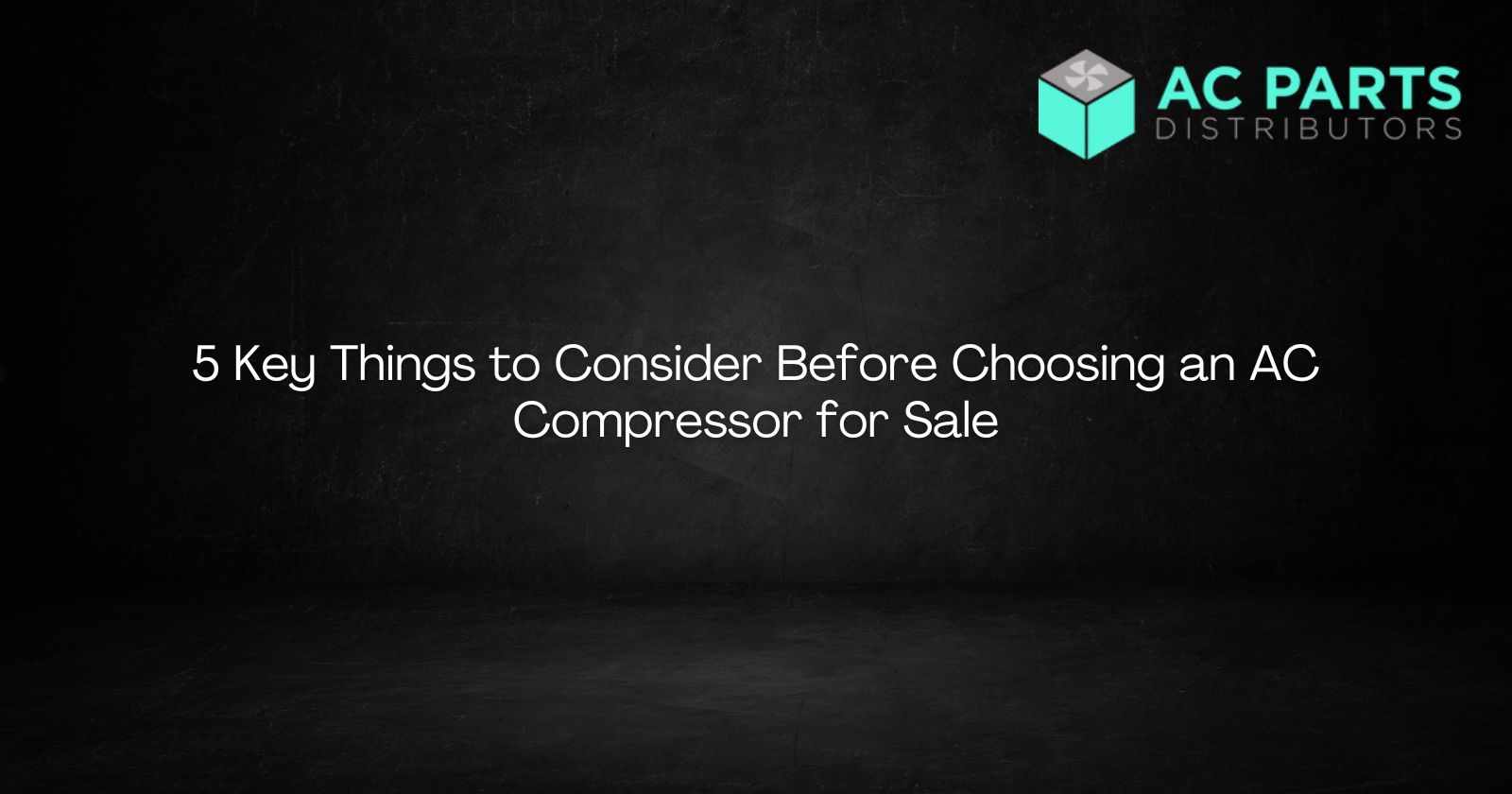

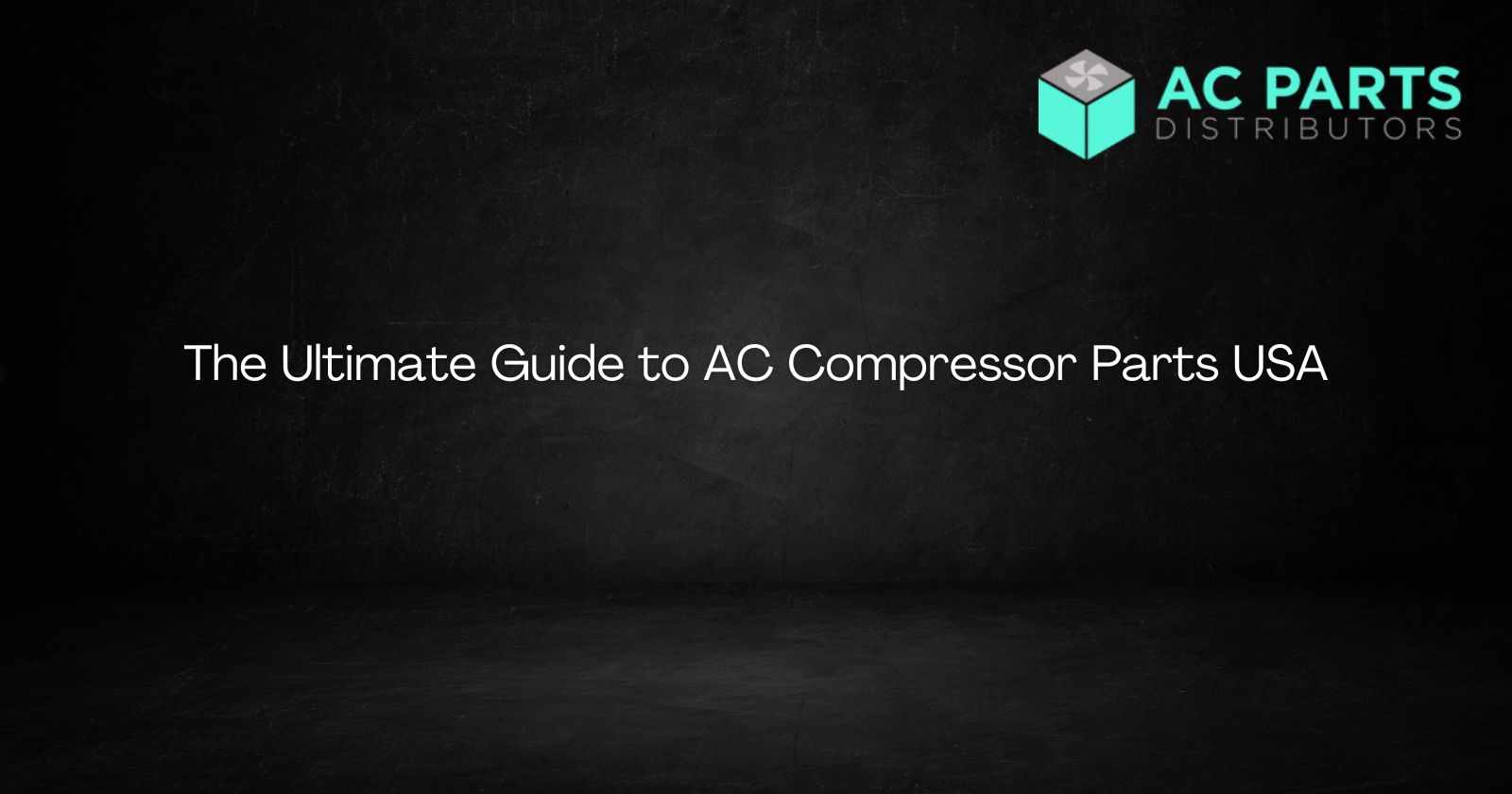
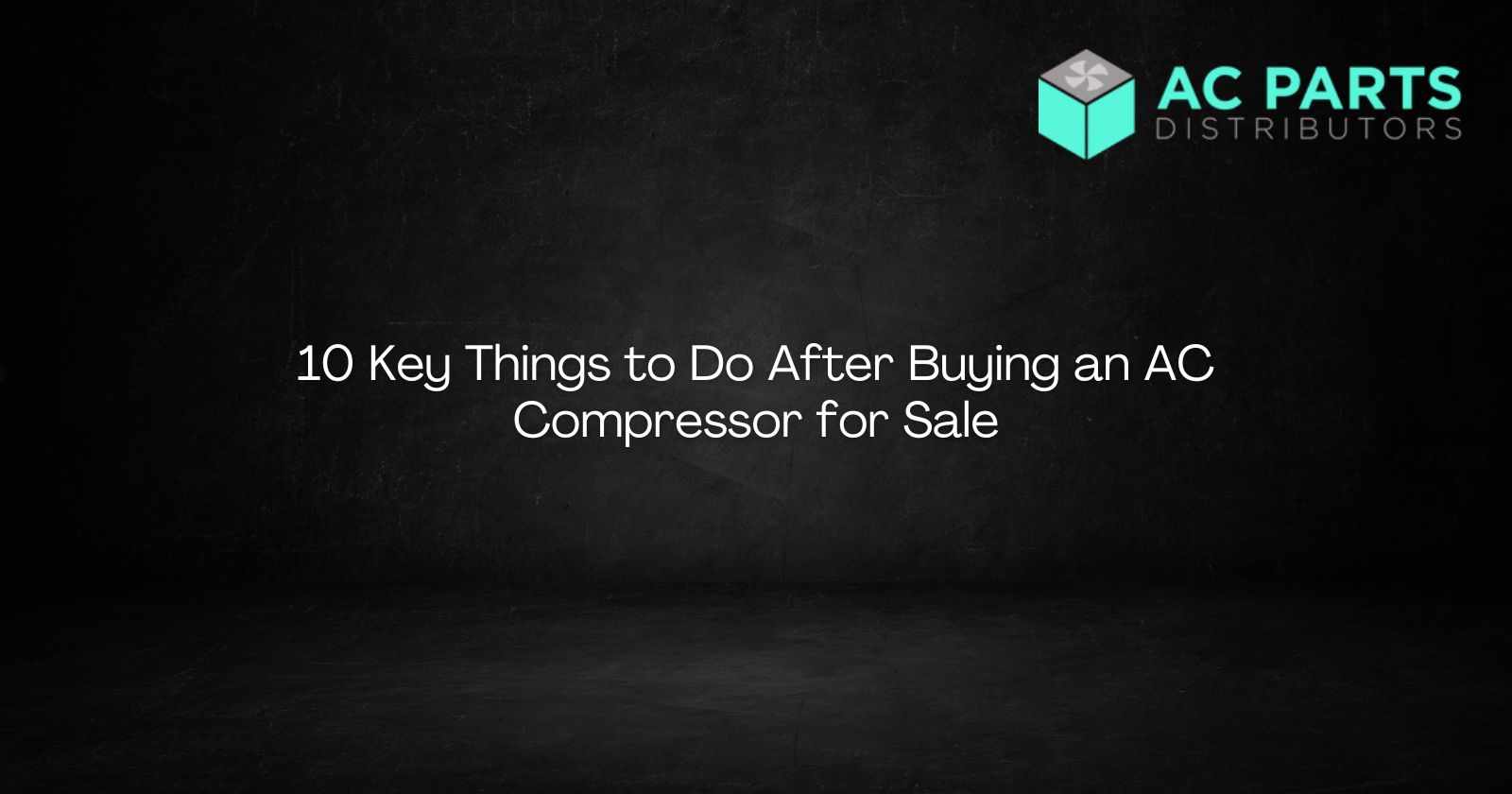



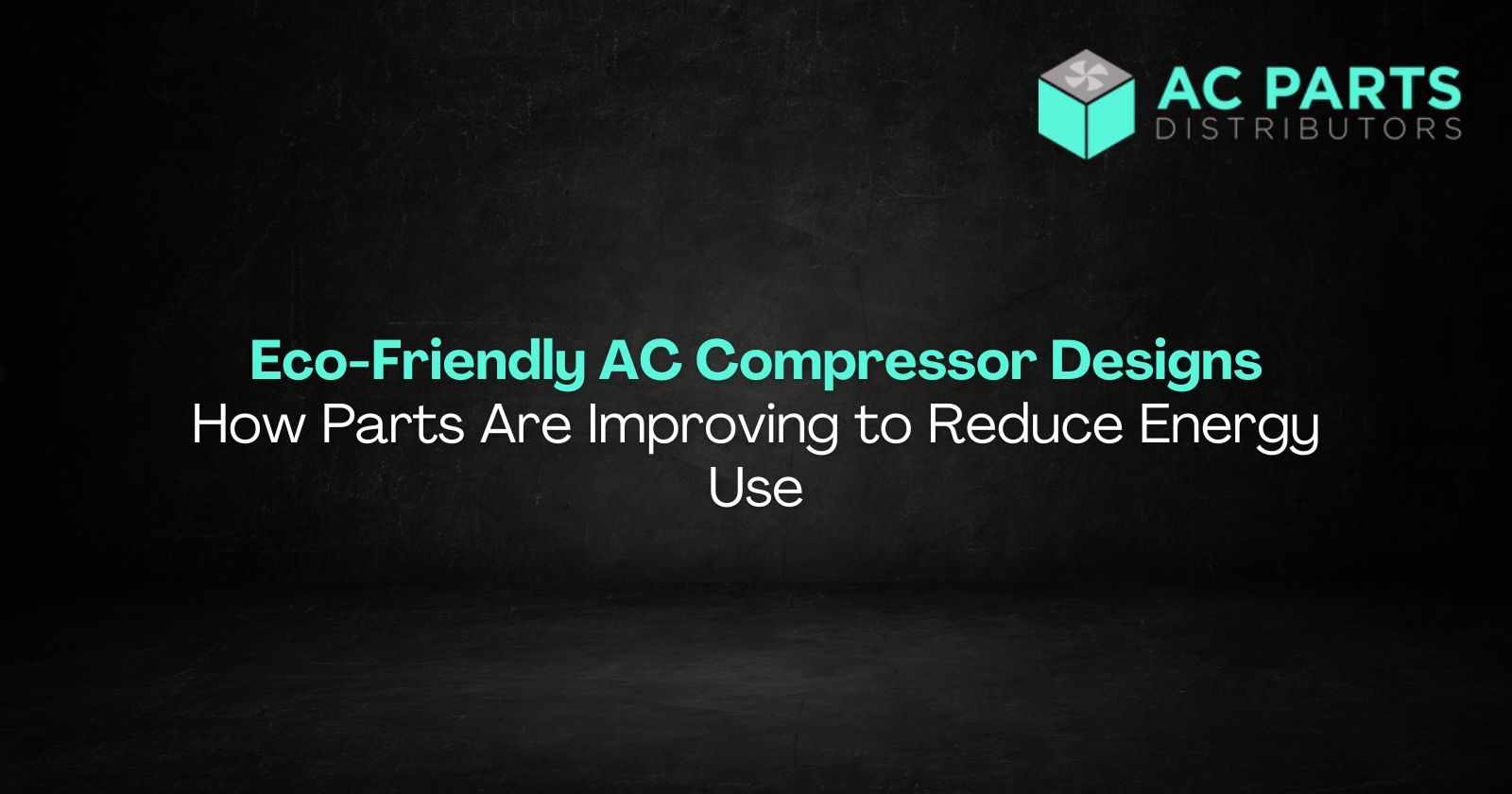


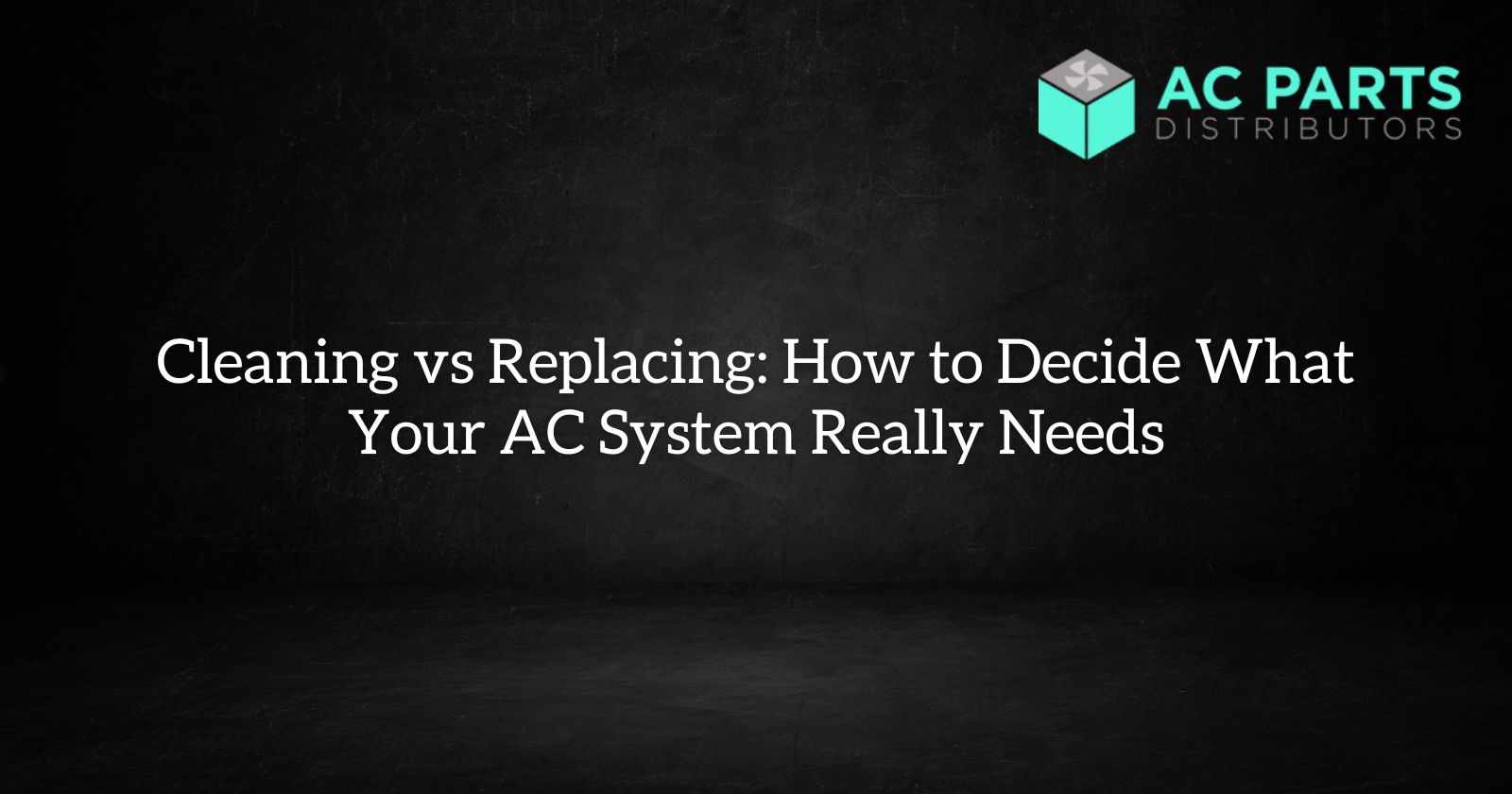

Write a comment ...